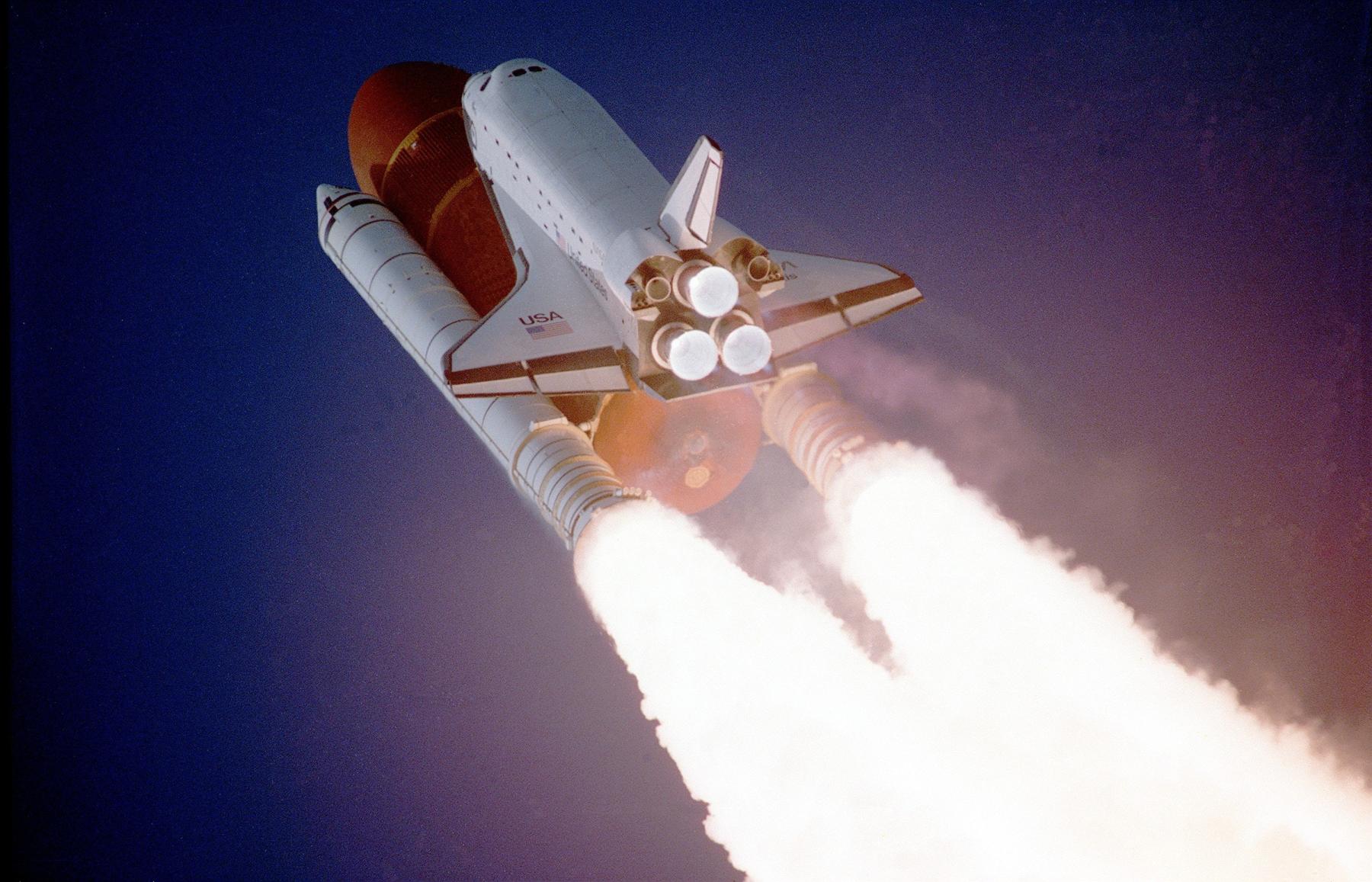
Water Rockets: Balanced and Unbalanced Forces Part 3
by Pamela Moss
This is the 3rd part of the lesson series where students will determine the thrust and stability of their water bottle rockets to answer their essential question: Using the Design Process how can we prove the effects that balanced and unbalanced forces have on a rocket in motion?
Lesson Plan Link/URL
https://docs.google.com/presentation/d/11fD81ydzgzZ2XCY6KV3ZCFuU1O-q6Bzt/edit?u…Subject Area
Science Physical Science P3: Net Force Technology 2. Digital Citizen 6. Creative Communicator Engineering S1: Engineering & Global Society S2: Apply the Engineering Design Process Mathematics Measurement and Data (MD) English Language Arts (ELA) Reading (Informational Text) Writing
Featured
Off
Related Content

Grades:
5th Grade
Students work as engineers using the Engineering Design Process to design and create a parachute that will safely land a "rover" on Mars! This STEM activity uses easy-to-gather materials for parachute

Grades:
6th Grade, 7th Grade, 8th Grade
Model Building For Disaster is a 4-6 week unit in which students research natural disasters around the world and their effect on developing countries. Following their research, student teams design

Featured
Parachutes - Air Resistance
Grades:
6th Grade, 7th Grade, 8th Grade
This middle school lesson covers the concept of air resistance. Students work in teams of 3 with a list of materials to design, build, and test 3 parachutes that will maximize the air resistance of a